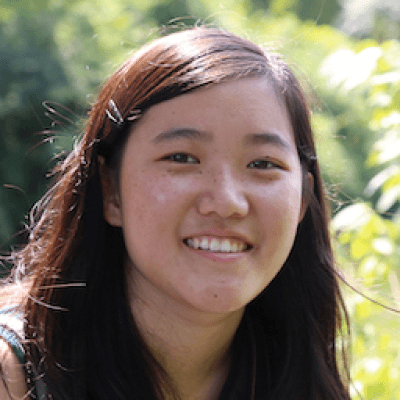Campfire Session
|
Jun 10, 2025
Campfire Session — Successful Flint Pilots (Asia + Oceania)
Follow-up session to the previous session on running successful Flint pilots with more shareouts and insights from schools in Asia.

Lulu Gao, Head of Teacher Experience at Flint | LinkedIn
Video Summary
This is the latter of two sessions covering running successful Flint pilots! In addition to covering the key recommendations and concepts in part one—the session for American and European time zones—this session contained more metrics, suggestions, and stories from admin in Asia.
This campfire covered:
Pilot structure recommendations (with added timing suggestions and metrics)
Methods for promoting continuing usage (with added templates for teacher use)
Success stories from schools (with four new admin shareouts)
Slides from the presentation link is the same as the week before and can be found here.
Got more questions, comments, or feedback for this topic? Feel free to raise them within the Flint Community.
Join our next Campfire Session 🏕️
Subscribe to our events calendar to be notified when upcoming Campfire Sessions and other Flint events get scheduled.
See Events Calendar
Chapters
Introduction • 00:00
Lulu introduces the session and agenda.
Ice-breaking news • 01:17
A discussion on the evolution of AI sentiment in schools occurs. The focus has shifted from skepticism to exploration of AI tools.
Xander highlights the need for clarity on target audiences for AI tools. Schools are increasingly segmenting their needs between teachers, students, and administrators.
Dalton Flanagan shares insights from a staff survey. Increased comfort with AI tools among educators is noted.
Initial pilot structure • 05:21
Admins are suggested to seek out teachers who like to tinker and explore. A diverse group enhances pilot discussions.
Open communication methods are emphasized for pilot groups. Regular meetings and shared documents are suggested.
Dedicated time for teachers to experiment is crucial. Aha moments occur during hands-on experiences with the tool.
A comparison between Flint and Magic School is discussed. Teachers preferred Flint due to its integration and intuitive design.
Dion Norman shares insights from piloting Flint. Feedback from teachers highlighted Flint's powerful data support and user-friendly interface.
Dalton Flanagan explains the shift from Magic School to Flint. Higher quality responses from Flint were emphasized as a key factor in the transition.
Pilot timing and goals • 16:33
A pilot period of 30 days is recommended. This timeframe helps gauge teacher engagement and tool effectiveness.
Two to three enthusiastic teachers are essential for successful implementation. Their consistent use of Flint can indicate its value to the school.
Ethical considerations around AI use in schools are emphasized. Schools need clear policies to support effective AI integration.
Concerns regarding the EU AI Act are raised. Individual teachers are held liable for non-transparent tools.
Evaluation metrics • 26:40
Feedback from teachers is emphasized as crucial. Excitement from teachers can influence others positively.
Usage statistics from top schools are shared. Aiming for specific engagement metrics is suggested for successful pilots.
Analytics for student assistance requests from a specific school were discussed. Younger students requested help less than older students.
Continuing usage • 33:56
The importance of communication between teachers was emphasized. Collaboration on AI applications was highlighted as beneficial.
Support for teachers in using AI was deemed crucial. Encouragement from leadership was noted to foster exploration of AI tools.
A swag store is announced for launch soon.
Teachers are encouraged to use Flint for their own learning.
Admin shareout • 40:22
Dion Norman shares insights from the rollout experience at Chadwick International. Emphasis is placed on teacher collaboration and departmental focus.
Albert Schram, Ph.D. discusses early adoption at Nexus in Singapore. The organic spread of Flint's usage is highlighted despite internal challenges. A structured process is proposed for implementation. The tool is praised for its effectiveness.
Creativity in using Flint is highlighted. Teachers are encouraged to have fun while using the platform.
Success with small group work is shared by Dalton Flanagan and Cora Yang from CISHK. The built-in calculator feature is noted as beneficial for math classes. Cora highlights how introducing Flint when there is a need (like report writing) can lead to interest and wider adoption.
Conversations about using Flint in classrooms are shared by Bruno Chaput from Chadwick International. He shares his experiences with the platform for science research.
Lee Rira raises the potential of the Korean market. Questions about multi-language features for students are posed.
Xander mentions the company's existing presence in Korea. The platform is confirmed to be free for public school teachers.
The session is concluded with a wrap-up. Participants are informed about upcoming resources and events.
Conclusion • 59:53
Upcoming campfire sessions were announced, including one for summer work and reading next week.
Lulu also shares QR codes for the Campfire Calendar and new Flint Community forum.






